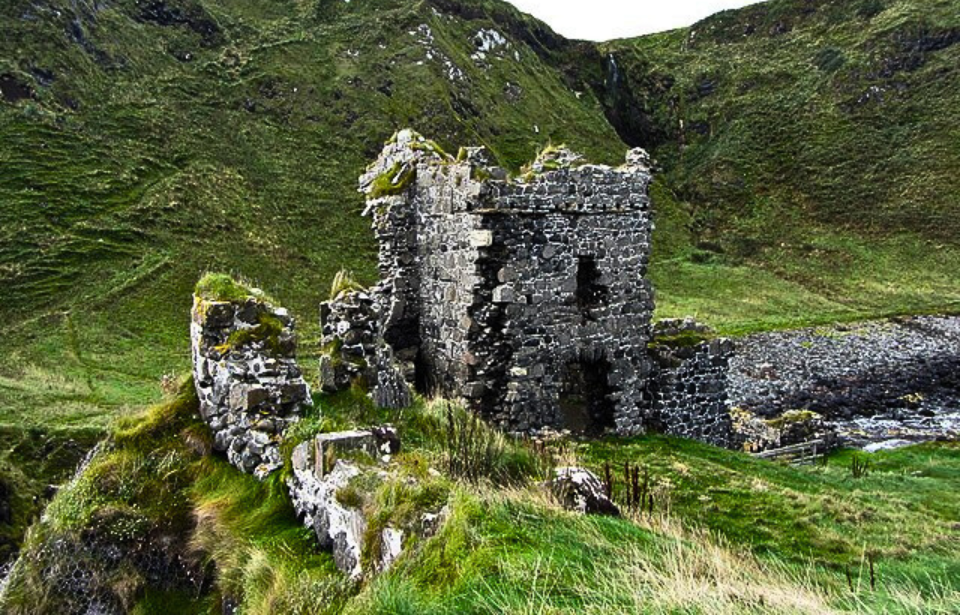Kinbane Castle, in County Antrim, is a remarkable ruin perched on the rugged coast of Northern Ireland. It offers a glimpse into the turbulent history of the region and a breathtaking view of the North Atlantic, making it a popular tourist spot for those with an interest in history. If you haven’t visited it yet, we highly recommend you add it to your bucket list!
Dating back to the 16th century
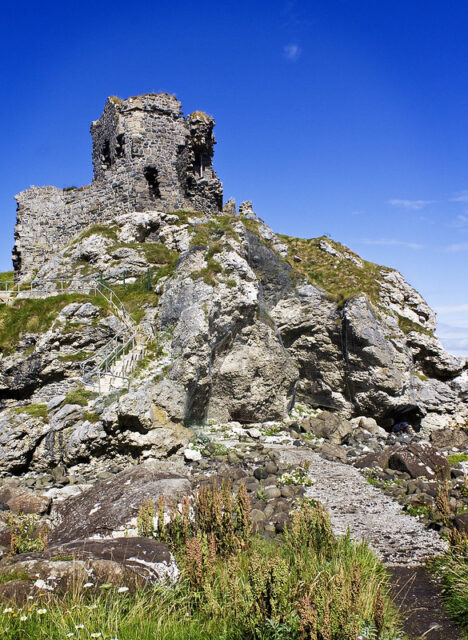
Built in 1547 by Colla MacDonnell, Kinbane Castle (also known as Caisleán Ceinn Bán, White Head Castle and Kenbane Castle) was a fortification for the powerful MacDonnell clan. Situated on a narrow limestone headland, it was designed to offer defense against both sea and land attacks, with its location allowing its occupants to keep a watchful eye on the surrounding waters and territories.
The castle‘s two-story structure, complete with a courtyard and defensive walls, was designed to withstand attacks and provide a secure stronghold for the clan.
Who were the MacDonnell clan?
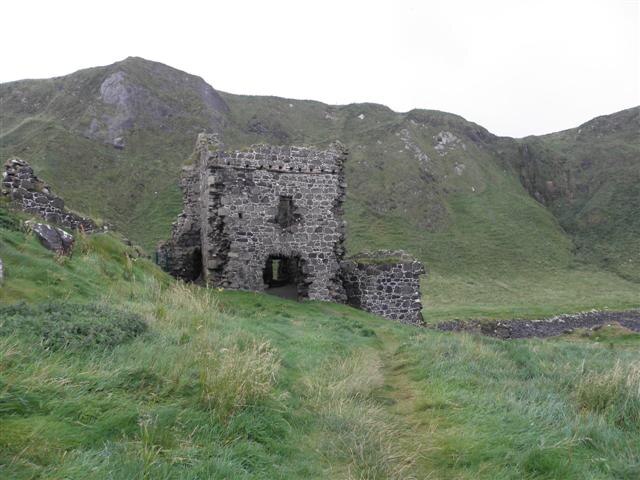
The MacDonnell clan, originally from Scotland, established themselves as a dominant force in Northern Ireland through strategic marriages and military prowess. The castle’s construction on the “white head” of limestone, from which it derives its name, was a deliberate choice to maximize its defensive capabilities.
Kinbane Castle suffered numerous attacks
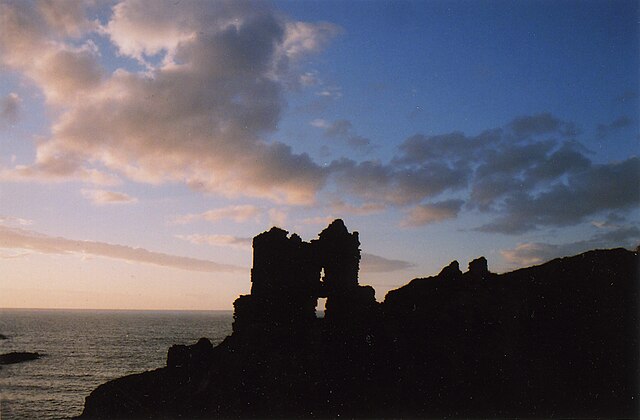
Despite its strategic importance, Kinbane Castle faced numerous sieges, particularly by the English in the 16th century, leading to its eventual partial destruction. In 1551, it was heavily damaged during an assault by Sir James Croft. Despite this, the MacDonnells managed to rebuild. Just four years later, the castle was, again, attacked, suffering partial damage from cannon fire.
A third notable attack occurred around this time. Conducted by troops from Carrickfergus, it saw the MacDonnells, once again, come out victorious. All of the soldiers were slain after becoming trapped in the hollow between the castle and the cliffs.
Kinbane Castle was named a State Care Historic Monument
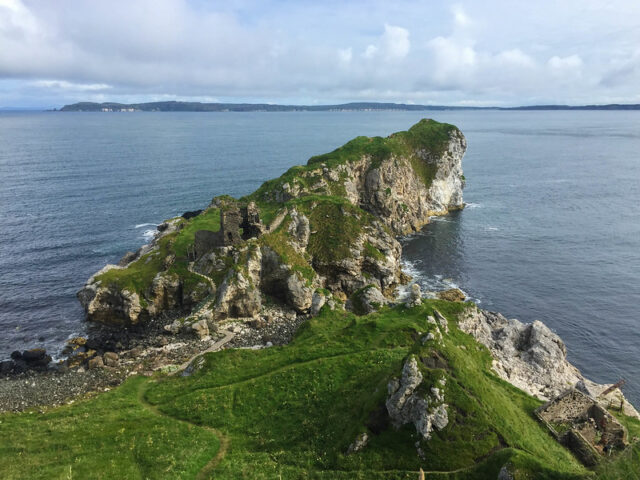
It’s said Kinbane Castle was last inhabited in the 1700s, by a member of the MacAlister family, who’d received the property as a way of thanking them for their loyalty to the MacDonnell clan.
The site has since been named a State Care Historic Monument, meaning it’s protected under Northern Ireland’s heritage conservation policies, ensuring future generations can continue to explore and appreciate its rich history. Over the years, initiatives to improve access and visitor facilities have been implemented, making it easier for people to explore the castle.
A popular tourist attraction
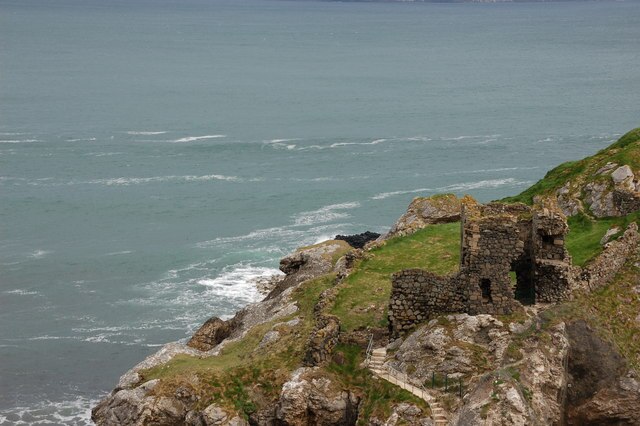
Visitors to Kinbane Castle can explore the remaining sections of the structure, including the tower and curtain walls that still bear battle scars, while enjoying panoramic views of Rathlin Island and the surrounding landscape.
More from us: Thurmond: The West Virginia Ghost Town That Hosted the World’s Longest Poker Game
Want to become a trivia master? Sign up for our Today In History newsletter!
The journey to the castle is itself an adventure, with a steep path leading down from the parking lot to the ruins. Consisting of 140 steps, the path offers breathtaking views of the coastline and serves as a reminder of the structure’s isolated and strategic location.
